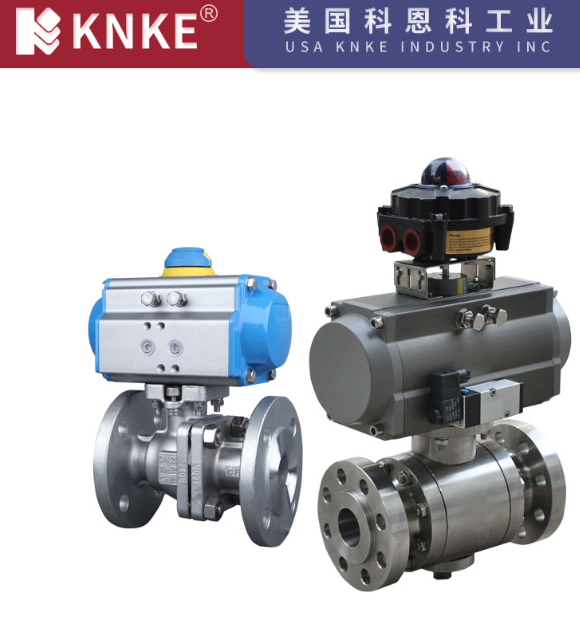Installation Height Requirements for Wafer Ball Valves
Wafer ball valves are essential in industries like water treatment, petrochemical, and natural gas due to their simple structure, ease of operation, and excellent sealing performance. However, selecting the proper installation height is crucial for ensuring smooth operation and long-term stability. Several factors should be considered when installing a wafer ball valve, such as ease of operation, maintenance space, environmental conditions, and vibration effects. This article outlines key considerations for the installation height of wafer ball valves.

1. Prioritize Ease of Operation
The primary factor when installing a wafer ball valve is ensuring that it is easy to operate. Installing the valve too high or too low can make it difficult for operators to access. This could require ladders or other tools, which increases safety risks. For ease of use, install the valve at a height that is roughly between waist and chest level. At this height, operators can easily access the valve whether it is manually operated or equipped with pneumatic or electric actuators. This height minimizes physical strain and lowers the risk of accidents.
2. Provide Adequate Maintenance Space
In addition to ease of operation, providing enough space for maintenance is crucial. Regular maintenance, inspection, and replacement of parts are necessary to ensure the valve’s reliability. If the space around the valve is cramped or obstructed by other equipment, maintenance becomes more difficult and costly.
To make maintenance easier, leave sufficient space around the valve. This allows maintenance personnel to access the valve’s components for inspection, cleaning, or replacement. When designing the piping layout, consider the necessary space around the valve, especially near critical components like the valve’s inlet and outlet and its operating mechanism.
3. Ensure Environmental Suitability
The environment in which the wafer ball valve operates impacts its longevity and performance. Humid or corrosive environments can significantly shorten the valve’s lifespan. In industries dealing with aggressive fluids, corrosion can degrade the valve material quickly.
To counteract this, use corrosion-resistant materials or add protective coatings to the valve. If the valve is exposed to harsh environmental factors, consider installing protective covers or enclosures. Ensure the valve is not placed in areas with high humidity or corrosive elements. Taking these precautions can extend the valve’s life and reduce the need for frequent maintenance.
4. Avoid Vibrations
In some settings, valves are installed near vibrating machinery. Vibrations can compromise the valve’s sealing and stability, potentially leading to leaks or failure. Avoid installing the wafer ball valve near sources of vibration when possible.
If installation near vibration sources is unavoidable, use anti-vibration supports or dampers. These measures help protect the valve’s sealing performance and improve its durability.
5. Solutions for High Installation Locations
In certain situations, layout constraints may require installing the valve at a higher location. This can make operation less convenient. However, you can take steps to improve accessibility. Common solutions include adding extension rods or creating a dedicated platform.
Extension rods allow operators to control the valve without using ladders. Alternatively, design a platform that provides a safe and convenient way for operators to access the valve, even when it is installed at a height.
The installation height of a wafer ball valve affects its performance and longevity. When selecting the height, consider factors like ease of operation, adequate maintenance space, environmental conditions, and vibration resistance. Installing the valve at an optimal height ensures smooth operation and extends its service life. Taking these considerations into account helps maximize the valve’s efficiency and reliability. Proper planning ensures the valve performs well, supporting the smooth operation of your system.
